All Learning is Personalized Learning
Digital reading can increase a school’s personalized learning efforts, while also boosting student achievement.

- 0 Comments
- Apr 16, 2020 10:00:00 AM
- Posted by Natalia Galvis
- Topics: EdTech, STEM, Computer Science, Coding, Robots,, Learning, VR, STEMchat, Edchat, teaching, coronavirus, homeschool, online, Virtual Reality
4 Key Benefits of Remote Learning
The global COVID-19 emergency has disrupted the lives of millions of people, including students and teachers: schools are known to be breeding grounds for illnesses and shutting them down was only logical.
But in education, as in theater, the show must go on: that is why teachers are turning to remote learning as an alternative. Distance learning has been around longer than most people realize, but the current state of emergency is forcing a faster pace of change for which many are ill-prepared.
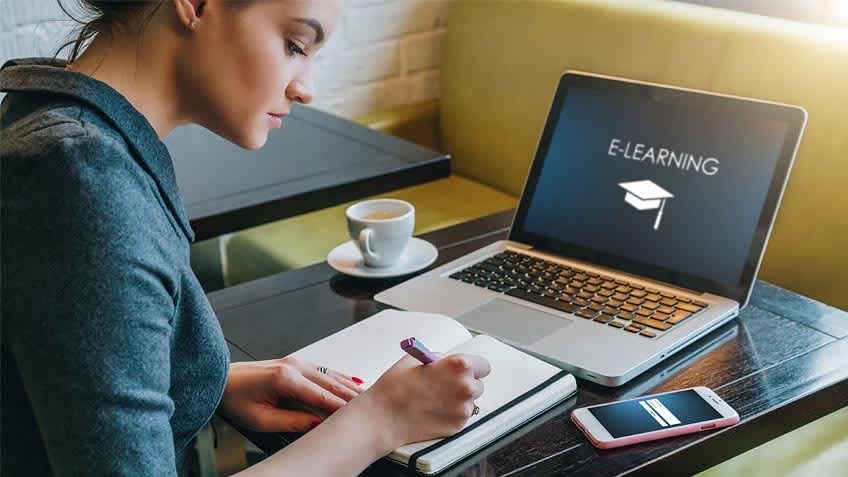
Like most novelties, remote learning may cause distrust among teachers who do not know how to use its full potential, so here is a brief list of the key benefits of remote learning.
- 0 Comments
- Apr 15, 2020 10:00:00 AM
- Posted by Natalia Galvis
- Topics: EdTech, STEM, Computer Science, Coding, Robots,, Learning, VR, STEMchat, Edchat, teaching, coronavirus, homeschool, online, Virtual Reality
What Will The Classroom of The Future Look Like?
Plenty of science fiction authors have asked this question and there are as many answers as there are writers: some have even imagined a future with no classrooms at all, where all children learn from home with a machine as a teacher and consider traditional school an alien concept.
But that particular future is unlikely to come true: as much as AI is growing and studying from home is becoming an increasingly popular solution, education still requires some form of human contact and technology is a tool, not a replacement.
Even so, technology can reshape the design of the classroom and the core philosophies of teaching and learning in significant ways: let’s explore how.

- 0 Comments
- Apr 14, 2020 10:00:00 AM
- Posted by Natalia Galvis
- Topics: EdTech, STEM, Computer Science, Coding, Robots,, Learning, VR, STEMchat, Edchat, teaching, coronavirus, homeschool, online, Virtual Reality
Keeping Students Engaged in Digital Learning
[VIDEO] Whether you’re new to teaching online or a veteran, these six tips can help you make sure your students stay connected and immersed in learning. Middle school teacher and project-based learning coach Heather Wolpert-Gawron offers excellent suggestions for managing classrooms online.
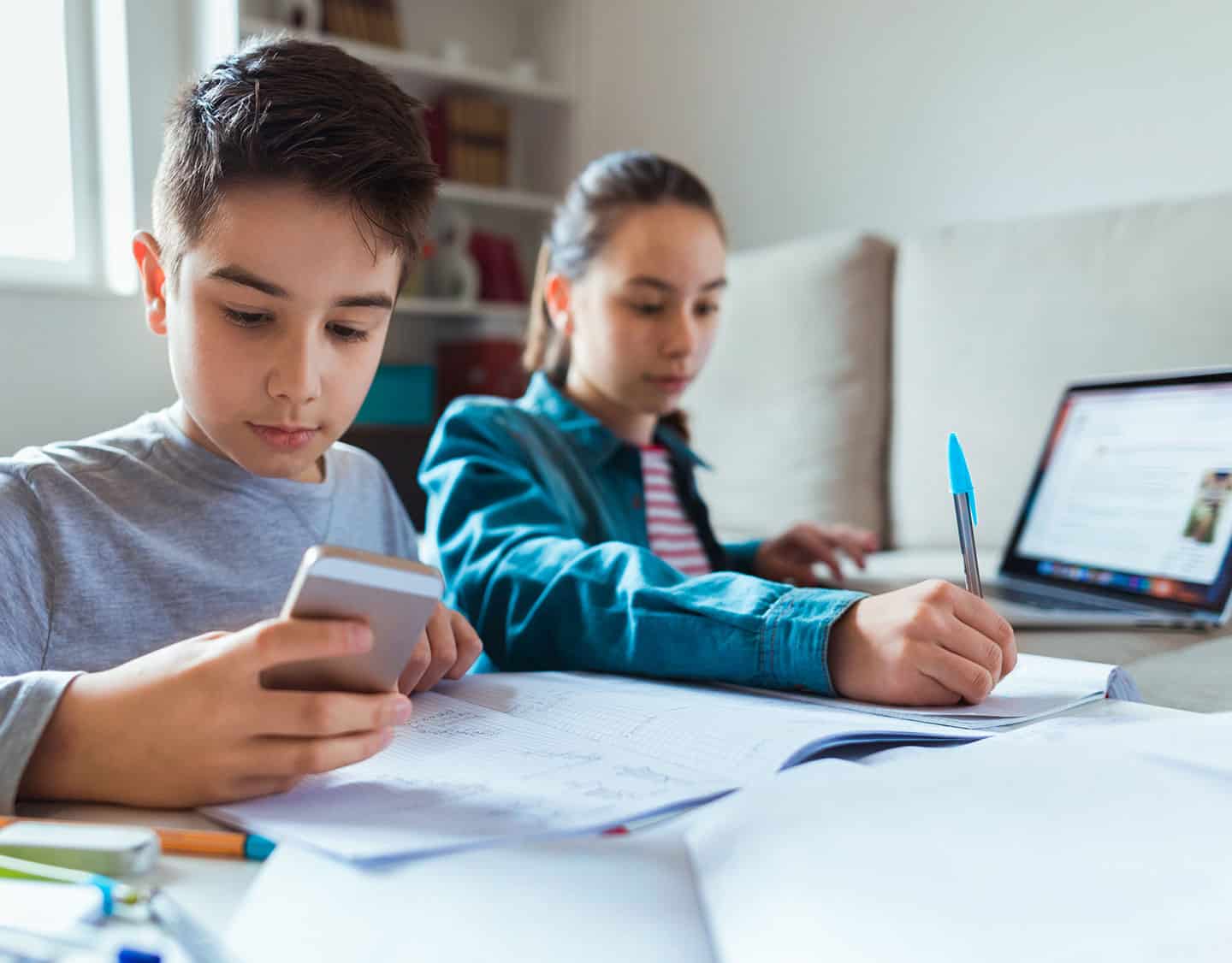
- 0 Comments
- Apr 13, 2020 10:00:00 AM
- Posted by Natalia Galvis
- Topics: EdTech, STEM, Computer Science, Coding, Robots,, Learning, VR, STEMchat, Edchat, teaching, coronavirus, homeschool, online, Virtual Reality
How to Use Virtual Spaces for Remote Learning
Jaime Donally, an ed tech consultant and FETC® featured speaker, says educators and students can collaborate, create and connect in these 360-degree environments
 Photo by Frank Vessia
Photo by Frank Vessia
- 0 Comments
- Apr 10, 2020 10:00:00 AM
- Posted by Natalia Galvis
- Topics: EdTech, STEM, Computer Science, Coding, Robots,, Learning, VR, STEMchat, Edchat, teaching, coronavirus, homeschool, online, Virtual Reality
Hospital uses VR to show how the coronavirus impacts the lungs
Doctors at George Washington University Hospital are using virtual reality to uncover the damage caused by COVID-19.
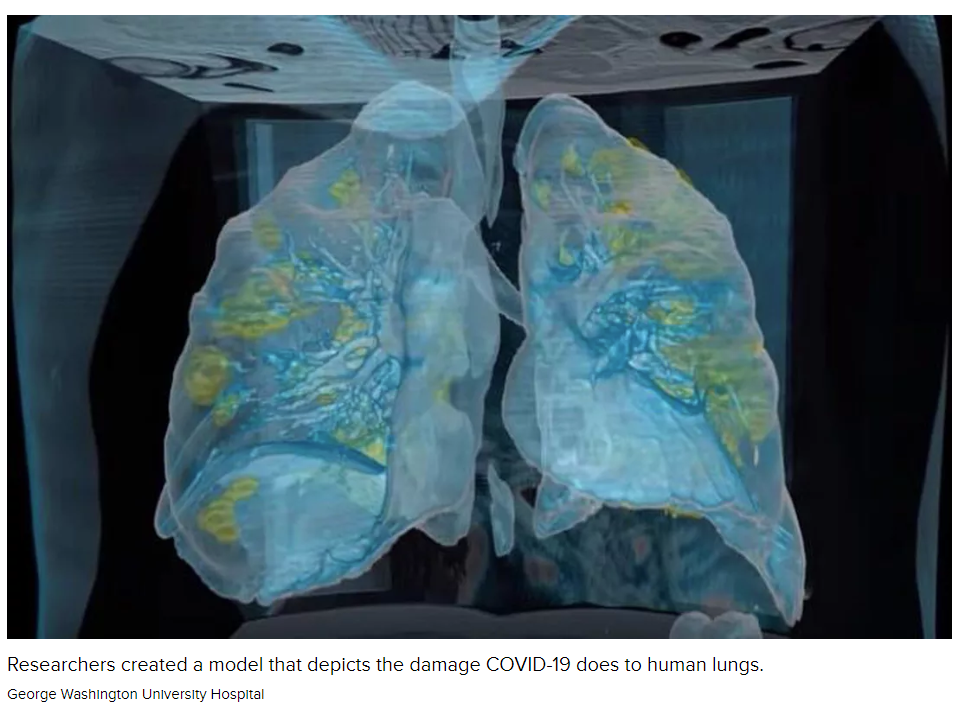
- 0 Comments
- Mar 30, 2020 10:00:00 AM
- Posted by Natalia Galvis
- Topics: EdTech, STEM, Coding, Learning, VR, STEMchat, Edchat, Computational thinking, teaching, coronavirus, homeschool
What is The State of Virtual Reality in The Classroom?
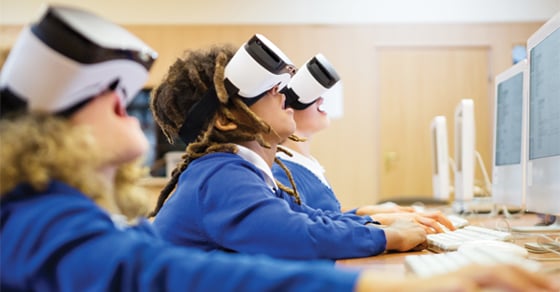
Virtual reality sounds like a far-off futuristic concept. When we hear the words “virtual reality” we may think of people wearing big helmets that transport them to another location from the comfort of their home (or classroom). However, virtual reality is slowly becoming a reality in the classroom. It doesn’t look quite like what you might imagine, but it is improving all the time.
The potential benefits of virtual reality in the classroom are endless. Students from schools all over the world could have access to the same resources and experiences through virtual reality, creating an even playing field like we’ve never seen before in education. Students could use virtual reality to travel back in time and see history come to life, or to take field trips to far-off locations that would cost hundreds to travel to in real life.
- 0 Comments
- Jan 24, 2020 10:00:00 AM
- Posted by Natalia Galvis
- Topics: EdTech, STEM, 21st Century Classroom, VR, Realidad Virtual, Réalité virtuelle, STEMchat, Edchat
Expeditions at East Elementary!
Students at East Elementary in Zion have been embarking on some amazing expeditions with the help of Google!
- 0 Comments
- Dec 16, 2019 10:00:00 AM
- Posted by Natalia Galvis
- Topics: EdTech, Education, VR, Edchat, Google Expeditions
Google Expeditions Transports Roxbury History Students to Louisiana
 Students experience Google Expeditions in the classroom Credits: Roxbury High School
Students experience Google Expeditions in the classroom Credits: Roxbury High School
- 0 Comments
- Dec 12, 2019 10:15:00 AM
- Posted by Natalia Galvis
- Topics: EdTech, Education, VR, Edchat, Google Expeditions
A Vision For The Future of Virtual Reality in Education
Virtual Reality (VR) is slowly taking over our entertainment industry. But what are the implications for other areas of our lives, such as business, health, and even…education?
While the educational realm generally takes longer than anyone else to embrace new technology, VR brings many implications for the schools of tomorrow.
Here are some ways in which VR might change the face of education in the future.
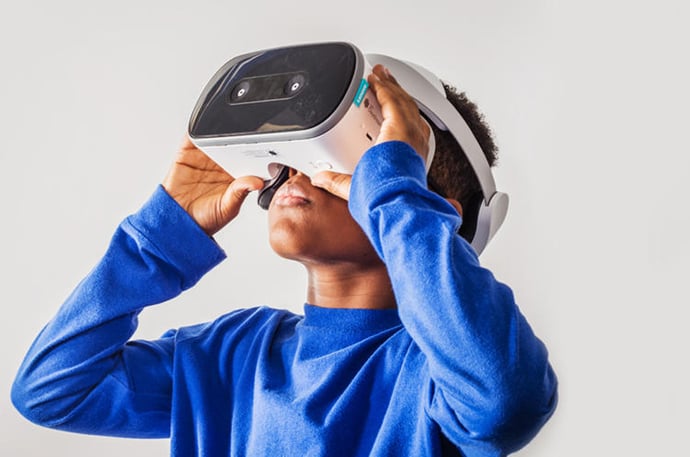
- 0 Comments
- Nov 1, 2019 11:20:42 AM
Relevant Posts
Popular Posts
Subscribe to Email Updates
-
I Want To Learn MoreADDITIONAL INFORMATION


